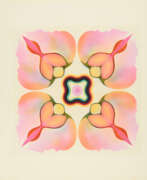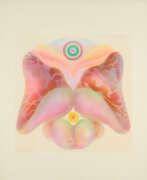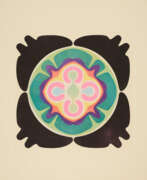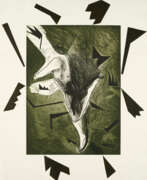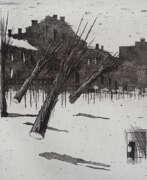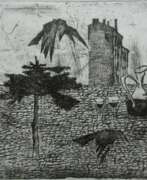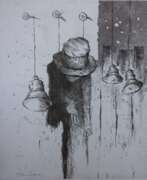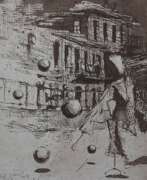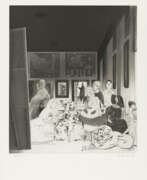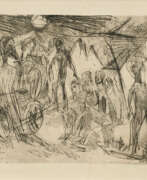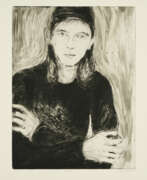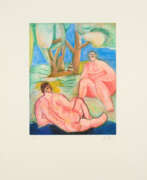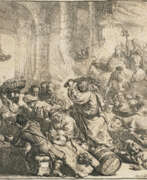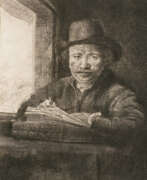Etching
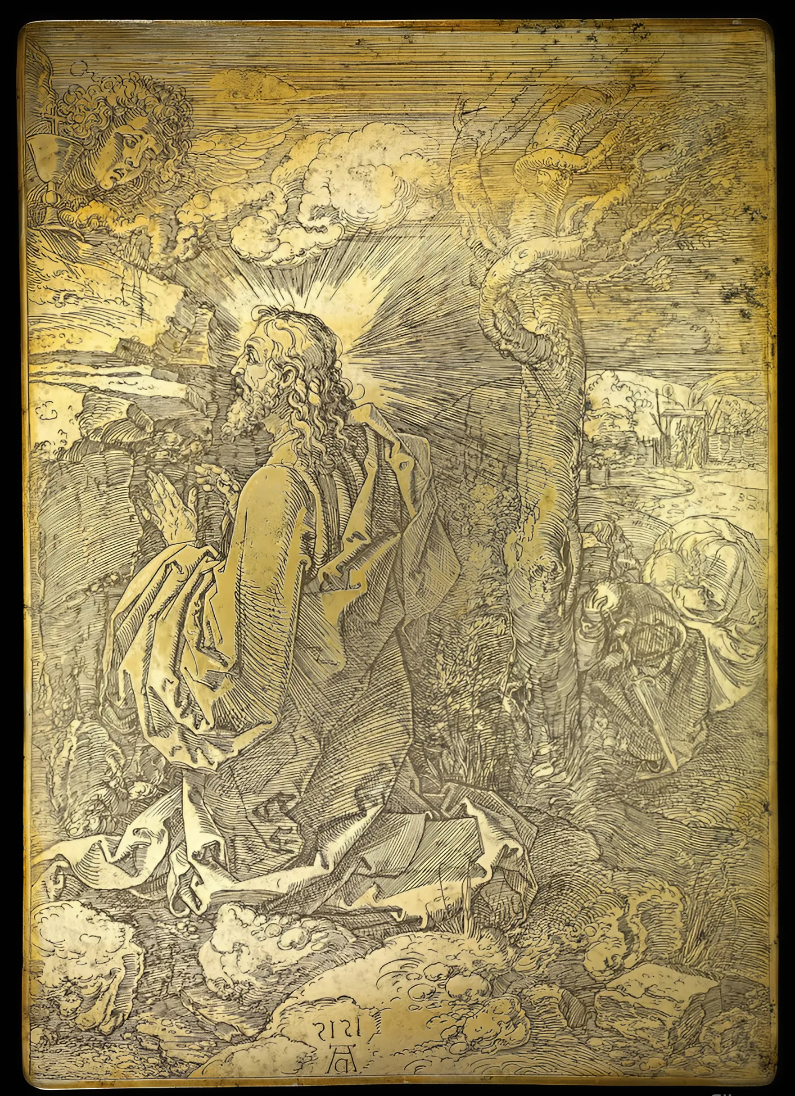
Etching
Etching is a renowned printmaking technique that originated in Europe in the 15th century. It involves incising a design onto a metal plate using acid, allowing for intricate and detailed images. This technique, part of the intaglio family, is characterized by its ability to produce fine lines and rich textures, making it a favorite among artists for centuries.
The process of etching begins with coating a metal plate—traditionally copper, zinc, or iron—with an acid-resistant ground. The artist then uses an etching needle to scratch the design into the ground, exposing the metal beneath. The plate is submerged in acid, which "bites" into the exposed areas, creating grooves that hold ink. After cleaning, the plate is inked, and the surface is wiped clean, leaving ink only in the etched lines. Finally, the plate is pressed onto damp paper, transferring the image.
Etching has been pivotal in art history, used by masters such as Rembrandt, Francisco Goya, and Albrecht Dürer. Rembrandt, for instance, revolutionized the technique with his mastery of light and shadow, creating profound depth and realism in his prints. Today, etchings remain highly valued in galleries and collections worldwide for their historical significance and artistic merit.
Sign up for updates on new etching artworks and auction events to explore and acquire these exquisite prints.
| Country: | Europe |
|---|---|
| Start of the period: | XV century |


